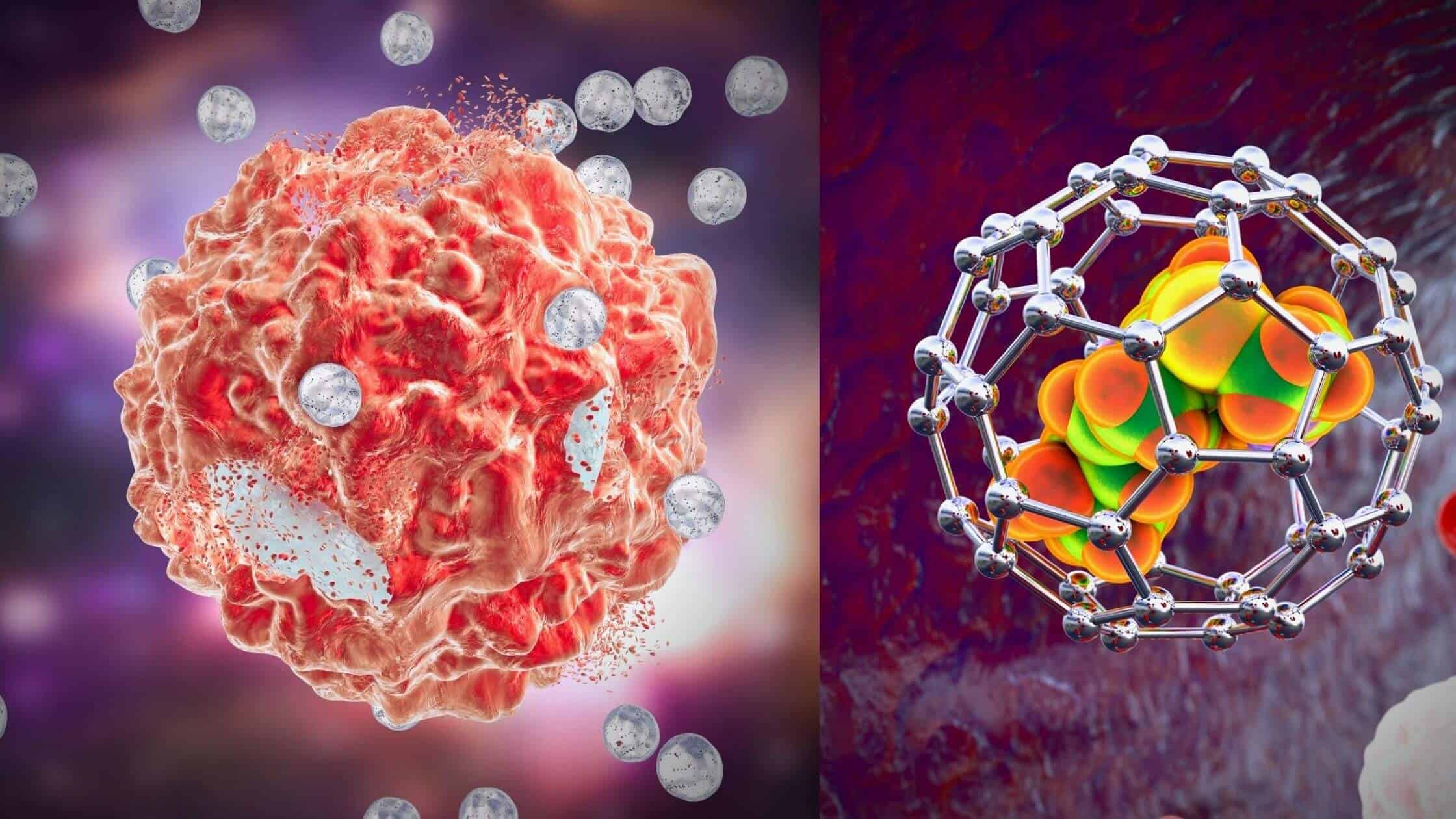Researchers Developed Gadget For Separating Blood-Based Nanoparticles Using Sound Waves
Nikki Attkisson | Last Updated : December 7, 2022Mechanical engineers of Duke university marked their history by contributing a new device in the medical field. Research is still going on in the separation and isolation of Nanoparticles.
A discovery initiated by a group of engineers would be beneficial for the upcoming research. The researchers prove that the newly developed device uses soundwaves for separating blood-based nanoparticles. This discovery is based on the concept called ”virtual pillars”.
This concept is considered to be beneficial for medical applications and in the medical field also. The benefit of this gadget is to collect different sizes of nanoparticles in a matter of time.
The nanoparticles are smaller than human cells. They can have significant impacts based on their relatively larger surface area. Nanoparticles can not be detected by the human eye.
It has distinctive functions like maintaining the cell to cell communication and disease transmission. The new technology, Acoustic Nanoscale Separation via Wave-pillar Excitation Resonance(ANSWER)states the need of separating small extracellular vesicles(sEVs) from biofluids.
Identifying Cancer And Alzheimer’s
Current methods of nanoparticle separation require specialized equipment and thereby producing highly pure sub-populations of tiny nanoparticles would be difficult. The ANSWER allows us to resist these kinds of limitations and put forward this device that is more accessible and can be processed in a single step.

The study found the sorting of biological nanoparticles is 500 times thinner than a human hair. This could boost a variety of treatments and diagnostics. A single sound wave has the power to create a series of virtual pillars.
The nanoparticles will gently move along through the middle of a fluid-filled channel. The engineers believe the method of separating medically important particles from biofluids will be used to identify diseases such as cancer and Alzheimer’s.
Two years before, mechanical engineers at Duke university had experimented with a similar approach to separating tiny particles from spinning individual droplets of liquid with sound waves. This method is devised to concentrate and separate nanoparticles for biomedical purposes.
The constant research based on separating biological nanoparticles using sound waves reached a new dimension, which is sorting blood-based nanoparticles with sound waves using “virtual pillars” technology.
Tony Jun Huang William, Bevan Distinguished Professor of Mechanical Engineering and Materials Science, Duke University said that nanoparticles have a significant role in medical treatment.
But current technologies take time to separate the nanoparticles. Sometimes it causes damage to nanoparticles and suffers from contamination also.
He also added that they are trying to categorize high-quality small extracellular vesicles(sEVs) and get the desired sample faster. Recent research shows that sEV comprises different sizes.
The study excited the researchers that it has the potential to transform the field of diagnostics. The difficulties associated with separating the nano-sized sEV subpopulations lack to find their way into a clinical setting.
The results of this process were published online in the journal Science Advances. By using this device sEVs can be categorized into different sizes according to the purpose.
More From Powdersville Post:
🔵 Study Ties Daily Consumption Of A Lot Of Ultra-processed Food To Cognitive Decline
🔵 One Step Nearer To A Universal Flu Vaccine?
Recent studies prove that sEVs are of different groups based on their size such as smaller than 50 nanometers, between 90 and 150 nanometers, etc. The newly developed device that uses sound waves helps to collect the blood-based nanoparticles within a minute.
Professor Tony Jun Huang William said the challenges in identifying and categorizing the nano-sized sEV subpopulations. Huang, his student Jinxin Zhang and collaborators from UCLA, and the Magee -women’s research institute’s platform ANSWER played a vital role in solving this problem and getting better results within a short period.
The researchers state that their platform ANSWER successfully sorts the tiny nanoparticles into subgroups with 96 percent accuracy. They also showed flexibility and consistency. Zhang said that, unlike other methods of separating sEVs, ANSWER offers a harmonious approach to the separation of biological nanoparticles.
With over 15 years as a practicing journalist, Nikki Attkisson found herself at Powdersville Post now after working at several other publications. She is an award-winning journalist with an entrepreneurial spirit and worked as a journalist covering technology, innovation, environmental issues, politics, health etc. Nikki Attkisson has also worked on product development, content strategy, and editorial management for numerous media companies. She began her career at local news stations and worked as a reporter in national newspapers.